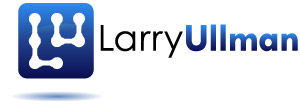Yii 1.1.6 Released
Version 1.1.6 of the Yii framework was released a few days ago. Along with bug fixes, 1.1.6 includes a couple of new features, most notably database migration and a new Query Builder. Database migration is a feature that comes from Ruby on Rails (well, that’s where I first heard of it) and it allows for better version control. Basically database migration allows you to associate database changes with versions, so that you can better sync updates to the PHP code and the underlying database. It’s a useful tool for projects being developed by a team or in stages.
The new Query Builder is an object-oriented way to create custom SQL statements. This isn’t really a new feature (in the sense of allowing you to do something you couldn’t do before) but lets you do something you might commonly do but in a different way. See the above link for a thorough discussion and demonstration.
…